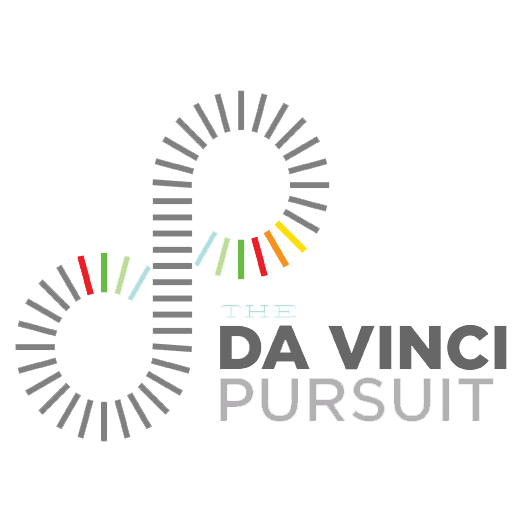
Scientific T-Shirt Challenge
Scientific T-Shirt Challenge

Your Challenge
We call the daVinci Pursuit a museum without walls – and now we want to bring the museum straight to your home.
The daVinci Pursuit is excited to announce a new series called #dVPchallenge. Over the coming weeks, we will introduce simple challenges – fun for any age – with guidance from local scientists and artists alike.
This week we’re exploring new ways to turn solid-colored T-shirts into scientific T-shirts. Here’s an example: A solid colored T-shirt with prints of organelles in a cell, plants, flowers, insects, etc.
All you have to do is:
- Create your own science theme T-shirt by sewing, painting, or using other methods.
- Take a photo and post your creation on Instagram, Twitter, and/or Facebook
- Tag @daVinciPursuit (and don’t forget to follow us!)
- Include the hashtag #dVPchallenge
Posts will be featured on our website (https://www.thedavincipursuit.com/)
We hope you will join us to learn something, create something, and have fun in the process!
Our Guest Scientist
Kesha Bhatt, Pre-Med Student, Indiana University School of Medicine
Thank you Kesha for this wonderful activity challenge.








